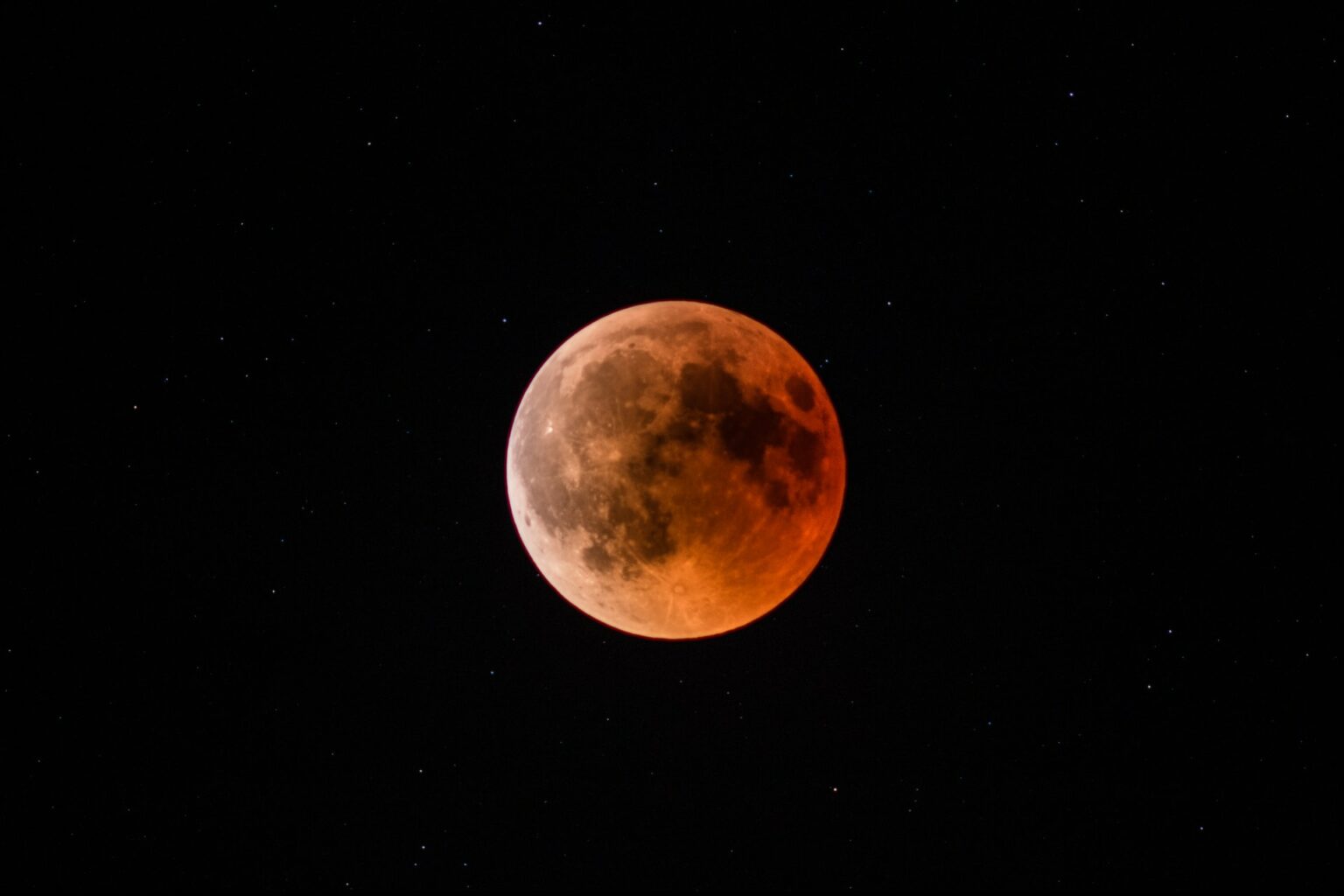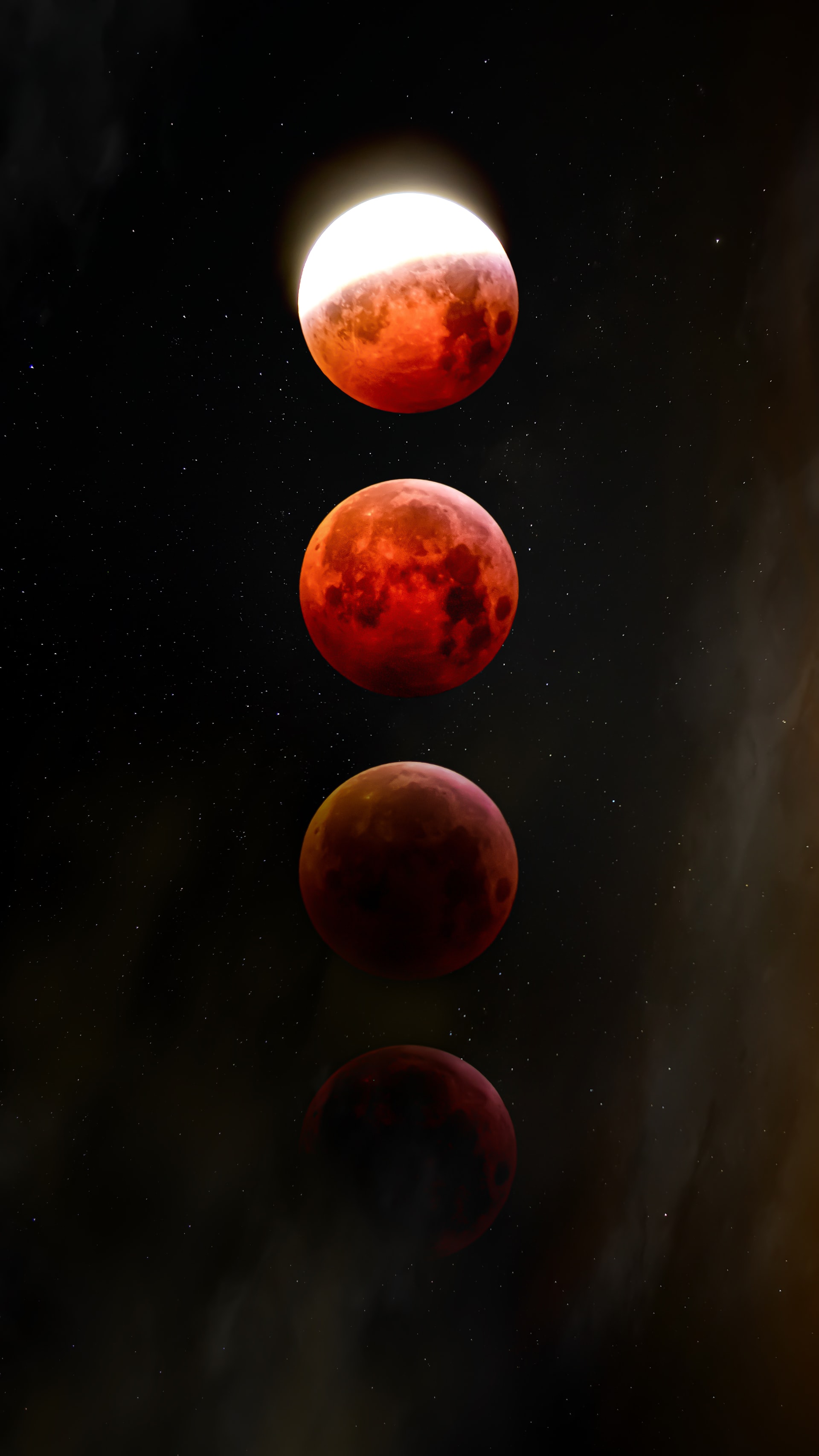Following the first solar eclipse of this year, which took place on April 30, a total lunar eclipse is on the horizon. On the night of May 16, the full Moon will enter the shadow of the Earth. This event will be visible from most of America and Antarctica, as well as over Western Europe and Africa and the eastern side of the Pacific Ocean. Sky watchers in New Zealand, Eastern Europe and the Middle East will see a penumbral eclipse, during which only the edge of the earth’s shadow will cast on the Moon.

According to TimeandDate, the lunar eclipse on May 16 will begin at 05:28 a.m. Kyiv time. The peak will fall at 07:11 a.m. It will end completely at 08:55 a.m. The penumbral eclipse will start about an hour earlier and end about an hour after the partial eclipse. For this reason, a partial eclipse will begin over Ukraine at 4:28 a.m. The effect of a total eclipse can give the Moon a reddish hue, known as a Blood Moon. In folklore, the May full Moon is also called the Flower Moon.
Types of lunar eclipses
Lunar eclipses always occur during the full moon. A full moon occurs when the Moon is on the opposite side of the Earth from the Sun — then the Sun illuminates the entire surface of the Moon when viewed from Earth. Because the Moon’s orbit is tilted by about 5 degrees compared to Earth’s orbit, the Moon usually avoids Earth’s shadow. A lunar eclipse occurs when it still appears in the shadow of our planet.

There are three types of lunar eclipses: Annular, partial and total. During an annular eclipse, the Moon passes through the outer part of the earth’s shadow, which is quite scattered, so there is only a slight darkening of the Moon’s surface. A partial eclipse is when part of the Moon enters the darkest shadow of the Earth, but is not completely there. A total eclipse is when the entire Moon is in the dark part of the earth’s shadow.
Why does the Moon turn red?
During total lunar eclipses, the Moon often turns a blood-red hue. This is because sunlight is refracted around the Earth as if the planet were a prism: light waves shift to the redder side of the spectrum when they reach the Moon. The color can also be affected by the state of the Earth’s atmosphere – the Moon can appear either orange or golden, depending on the amount of dust, clouds or volcanic ash in the air.
The next total solar eclipse will occur in the autumn –November 8, 2022. It will be visible in America, Oceania and Asia.
Recall that earlier we made a schedule of celestial events in May 2022.
Follow us on Twitter to get the most interesting space news in time
https://twitter.com/ust_magazine

